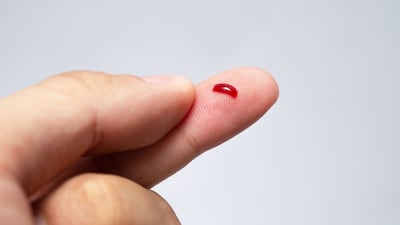In emerging fields of interventional cardiology, success tends to come only after halting progress. In coronary artery disease, angioplasty catheters cleared arteries but elastic recoil caused them to close again, requiring stents to prop them open. Then stents caused an immune reaction leading to restenosis. Drug-eluting stents came along to deal with the new problem. Today, revascularization procedures produce high rates of efficacy. Atrial fibrillation is following a similar path. Earlier versions of radiofrequency catheters overheated tissue, so the tips were irrigated with solution to slow the burn. Irrigation solved one problem but created another – interventionalists no longer could confirm ablation by temperature measurement at the tissue surface. So instead, sensors were developed to measure the force with which the ablation probe contacts tissue so to give physicians feedback about whether they’re creating a competent lesion.
In the case of atrial fibrillation, however, these incremental advancements have so far failed to result in compelling efficacy across all types of disease and patients. The rates of elimination...
Read the full article – start your free trial today!
Join thousands of industry professionals who rely on Medtech Insight for daily insights
- Start your 7-day free trial
- Explore trusted news, analysis, and insights
- Access comprehensive global coverage
- Enjoy instant access – no credit card required
Already a subscriber?







